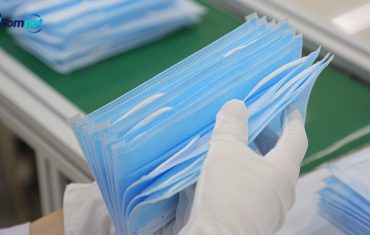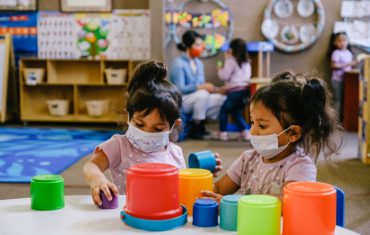As you know, each model of dust mask is designed according to a certain standard, used in environments with different concentrations of smog. A better understanding of this standard helps companies choose the best protection products that suit their business needs and characteristics.
On the market today, there are many different types of face masks with inadequate quality, not meeting the standards of labor protection and health. In order to minimize unnecessary accidents and increase your protection, you should read the article below to equip yourself with some knowledge about the specifications noted on the anti-masks. dust.
The importance of respiratory protection
Dirt, virus, and bacteria can cause respiratory diseases. Radioactive substances cause cancer, heavily affecting human health. Statistics show that workers working in dusty, chemical environments often suffer from serious respiratory diseases.
The use of health protection is extremely necessary. Dust-proof masks provide an extremely effective solution, remove dirt and bacteria, and protect workers from harmful gases.
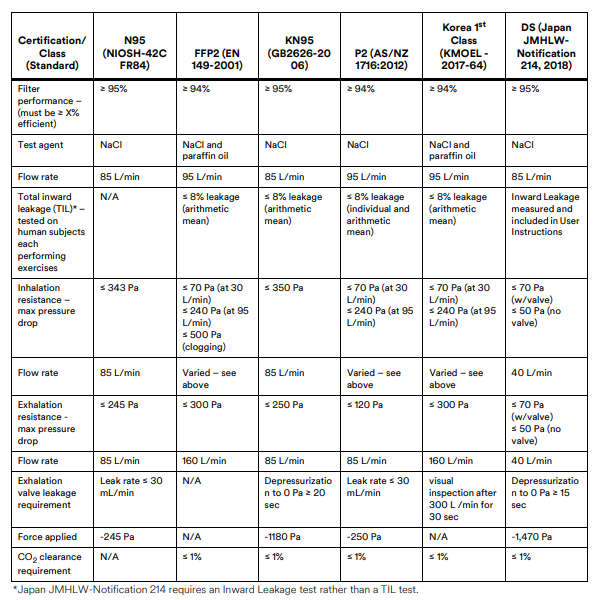
Compare some respirator standards
1. N95 dustproof
standard N95 standard is one of the standards used to evaluate the filtering ability of a mask, by the National Institute for Occupational Safety and Health (Institute of Health and US National Occupational Safety) publication.
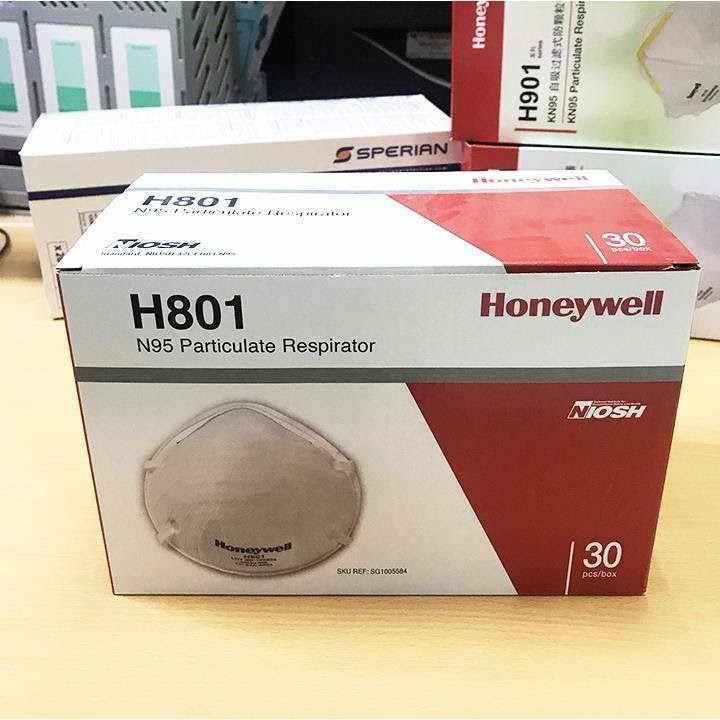
Dust Mask N95 Honeywell H801
No. 95 denotes the ability to filter 95% of particles up to 0.3μm in size. A size of 0.3μm corresponds to the size of a virus and bacteria or a dust that is so small and invisible (commonly referred to as PM 2.5 fine dust). In addition, this standard also has a little more stringency regarding pressure drop during inhalation. That means the N95 requires a little more breathing.
2. Dustproof standard FFP2
Protect against dust, liquids, solids spray, fiber. Fiber causes short-term irritation of the respiratory system, leading to a long-term decrease in the elasticity of lung tissue. Total leakage can be up to a maximum of 11%.
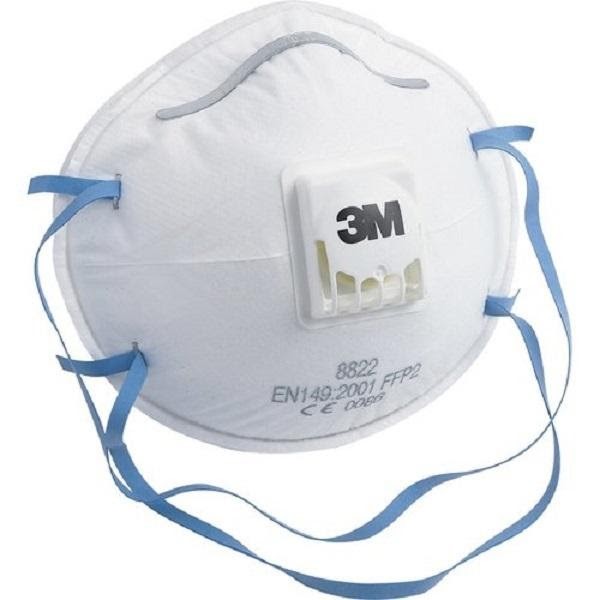
Applicable below occupational exposure limit violation: not to exceed 10 times FFP2 Respirator intended for use in dusty work environments. Compared to the N95 Standard, FFP2 only removes 94% of the 0.3 μm particles, the workplace exposure limit does not exceed 10 times.
FFP2 respirators are used in industries exposed to chemicals, mist, smog, mining, petrochemical, mining and metals industries. Workers in these industries are at risk of contracting diseases such as lung cancer and tuberculosis.
3. KN95 dustproof standard

KN95 dust mask
KN95 standard is one of the dust filter standards of China. Their dust-filtering capabilities are known to be comparable to the United States N95 standard. That is, the KN95 standard is also capable of filtering 95% of microscopic particles.
But there are some slight differences in their specifications, like the maximum pressure change the mask must be able to withstand when a person inhales and exhales.
4. Dust Protection
Standard P2 Standard P2 (Australia / New Zealand AS / NZA 1716: 2012) is known as an Australian standard. This standard also provides the ability to filter dust up to 94% with microscopic particles. But there are no strict pressure relief requirements for inhalation and exhalation as with the N95 standard.
But that does not mean its dust filtering ability is not good. Face masks that meet these standards are often used in dusty industries such as construction, exploitation, repair of industrial machinery, …
5. Korea 1st class dustproof standard
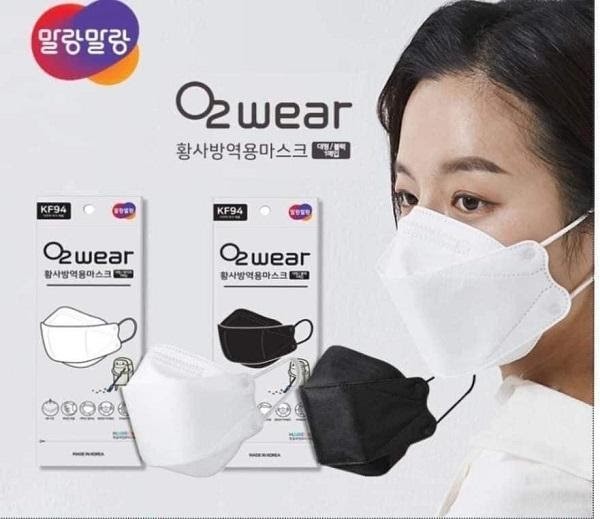
Another standard that cannot be ignored is the Korean dust filter standard Korea 1st class (Korea KMOEL – 2017-64). For the requirements in this standard, there are quite a few similarities with the FFP2 standard.
This means its dust filtration capacity is only about 94%. And also used in industries that are frequently exposed to chemicals, smog, mining, petrochemical, mines and metals, …
But unlike FFP2, the Korea 1st class standard has more stringent expiratory valves are required. Or in another way is the breathing requirement of the higher Korean 1st class.
6. Dustproof standard DS
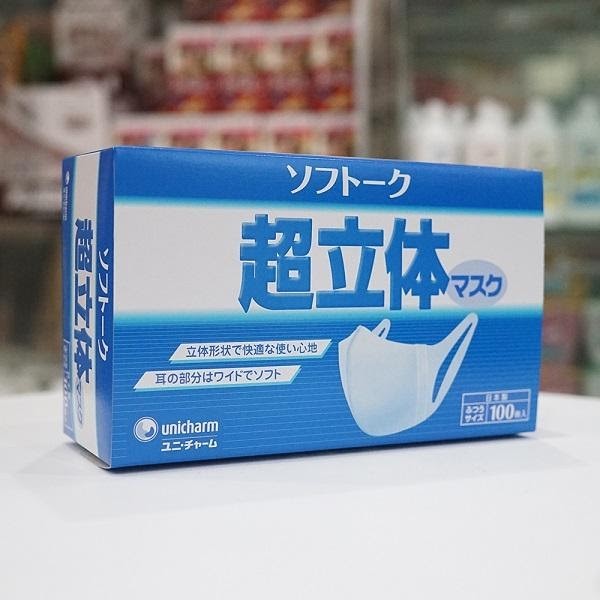
The final standard is one from Japan – DS (Japan JMHLW-Notification 214, 2018). This standard is almost identical to the N95 standard. It is highly rated for its ability to filter out super fine dust particles. However, in inhalation and exhalation tests the N95 standard was rated higher.


